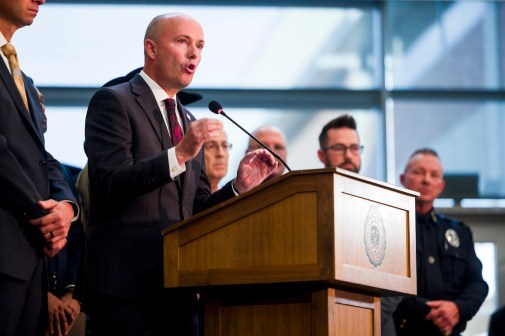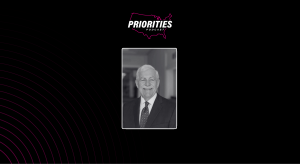Kentucky city wraps AI project collecting community planning feedback

On Tuesday, officials in Bowling Green, Kentucky, shared the results of a pilot program called ‘What Could BG Be’ that used artificial intelligence to help gather and parse public feedback to build a community planning document for the next 25 years.
Bowling Green, along with other cities near Nashville, Tennessee, is experiencing rapid growth, and by 2050, the city’s Chamber of Commerce estimates, the area will add an additional 75,000 people to its population of 150,000. That possible influx forced executives of the surrounding Warren County government to take action, launching the ‘What Could BG Be’ website earlier this year with the help of members from Google’s tech incubator Jigsaw and the local innovation firm Innovation Engine, that informed the development a community planning document that would lay out priorities for growth.
Through the website, residents shared their input on eight pillar areas, such as housing, education, economic development. Jigsaw’s Sensemaker AI technology absorbed the information, classified the responses and summarized the findings into an interactive web report that was officially shared Tuesday.
In total, nearly 8,000 residents used the website to share their thoughts on Bowling Green’s community development. This followed an open-ended prompt asking what they wanted to see in their community over the next 25 years. Some near unanimous ideas included bringing more health care specialists into the area so residents don’t have to travel to Nashville for specific care, preserving historic buildings and prioritizing the use of existing retail space rather than building anew.
Residents voted on each other’s ideas, and during a one month period straddling February and March, the website collected more than one million points of feedback regarding the shared ideas.
As part of the summary, the Sensemaker AI technology also generated highlights within those ideas, and ranked them by agreement, disagreement or mixed opinion. The technology processed resident responses and feedback to generate the report in just a few minutes, versus the days or weeks it would have taken to do so manually.
Doug Gorman, Warren County’s judge executive said during an event Tuesday that the local government gained “so much valuable data” from the general public by using the website. He started the project at the outset of his first term at the beginning of 2023 with help from Innovation Engine, and kicked off the BG 2050 initiative.
Gorman said the project has “blown up so much bigger than I ever imagined.” Originally, he said, the BG 2050 Project included about 100 community leaders from the county across different sectors who provided input on the vision for Bowling Green’s future. But, with Sensemaker, the website and the voting capability powered Polis platform, local leaders were able to reach more of their community through the large-scale, online conversation, he said.
Sam Ford, who co-founded Innovation Engine, told StateScoop that while his company has helped other localities conduct public deliberation exercises in the past with widespread participation, “the more successful you are, the harder it becomes to do something with it, because it becomes so daunting to make sense of the results in meaningful ways.”
“The AI provides us the ability to save a lot of time and handle a bigger scale when you’re trying to make sense of those results and find patterns that would be hard for the human eye to detect, or understand, at a large scale very quickly how much consensus there is,” he said.
Now that the report is live, Ford said the work to create the BG 2050 roadmap is just in its beginning stages. But, now with a much richer public feedback dataset to work with, he said the outcomes and priorities of the roadmap will determined by the ‘What Could BG Be’ pilot, which proved that people agree on the vision more often than they disagree.
“One of the big emphasis points is that a high proportion of these statements had 80% or more agreement,” Ford said. “And I think time and time again … why do we instantly jump to trying to find something we disagree on as quickly as possible when there’s a whole lot of work to be done on things people agree on?”





